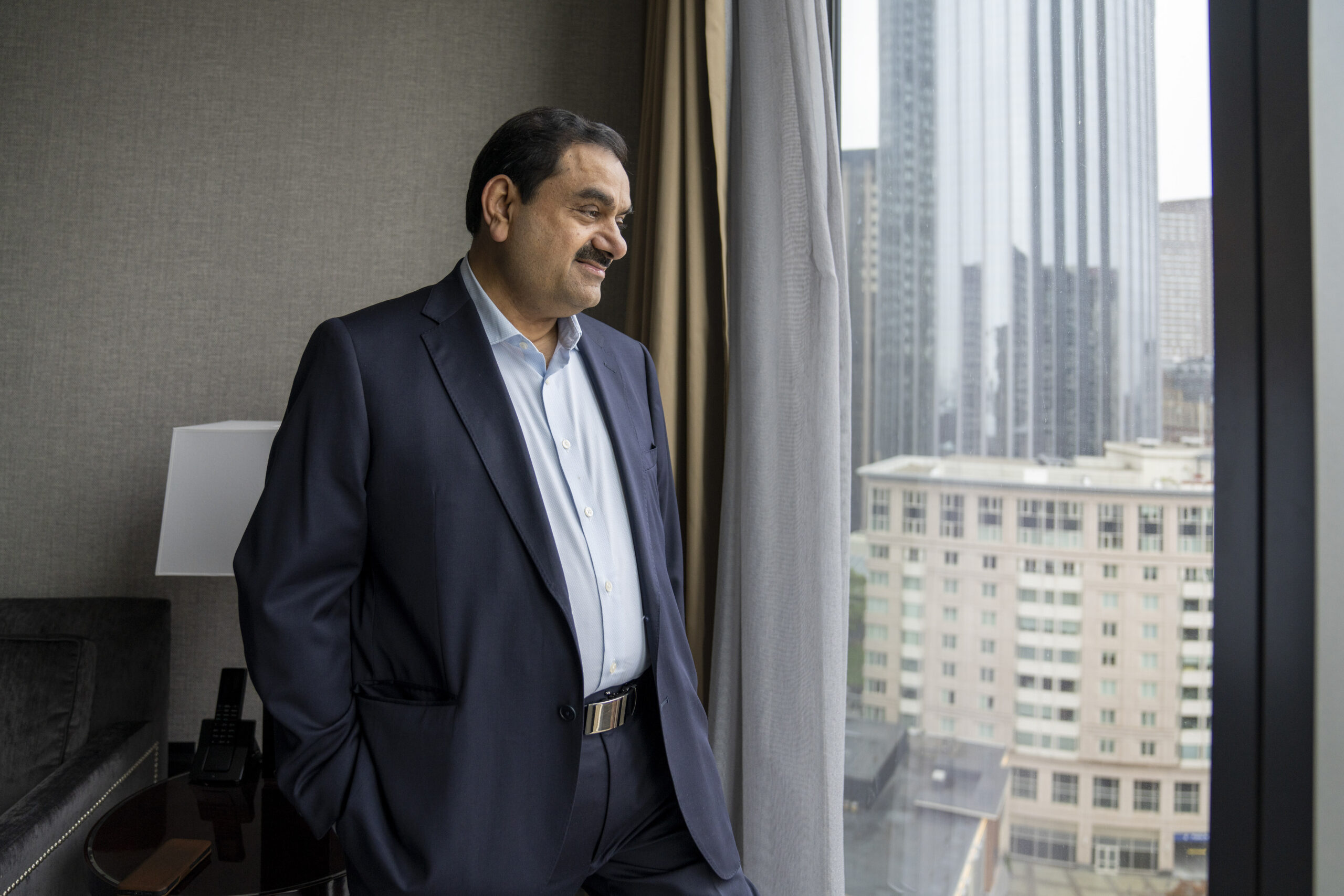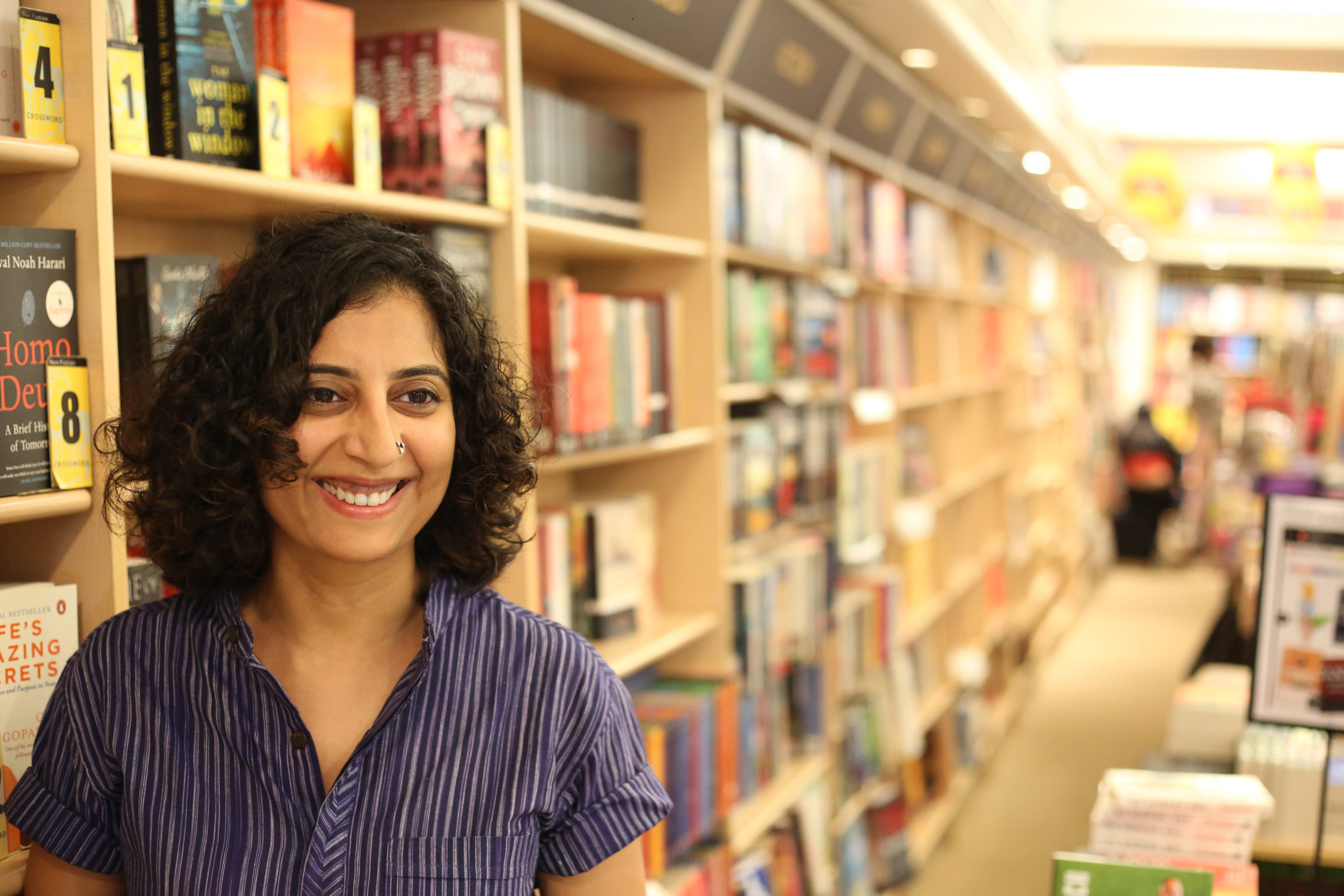In late November, Ravish Kumar, one of India’s leading broadcast journalists, resigned from his job as senior executive editor of New Delhi Television Ltd (NDTV), the last influential network still willing to cover Prime Minister Narendra Modi’s Hindu nationalist government critically. The move was prompted by the company’s ownership changing hands — from founders Prannoy and Radhika Roy to billionaire Gautam Adani, who at the time was the third richest man in the world and also has close ties to Modi.
Kumar’s resignation came hours after the Roys stepped down from NDTV’s board. It immediately started trending on social media, with former colleagues mourning the loss of a newsroom that trained some of India’s best journalists. The Deccan Herald, in an op-ed, called it the “demise” of NDTV, said it was a “sad day,” and added that “what is gained in money is lost in the nature and quality of journalism.” The Delhi Union of Journalists expressed deep disappointment at “the hostile takeover of the last independent mainstream TV channel.”
Kumar announced his resignation by uploading an emotional monologue on his YouTube channel, noting that Indian journalists and news consumers were witnessing “the ‘dark age’ of journalism.” He said his heart went out to “those young Indians who are paying millions of rupees to train to be a journalist because they have to work as agents of the state. There is no institution left for ethical journalists.”
India’s media landscape has changed dramatically since 2014 when Modi and the Hindu nationalist Bharatiya Janata Party (BJP) came to power. In the nine years since, Modi has consolidated his grip on the government, in part by cracking down on independent media through police violence, tax investigations, threats to journalists, harassment campaigns, and suspending much-needed revenue from government advertising. But with Adani’s acquisition of NDTV, the last of India’s private news channels will fall under corporate ownership that is politically affiliated with Modi’s BJP ahead of the crucial 2024 elections. NDTV was one of the last bastions of free speech within the Indian broadcast media. Its sale will have far-reaching implications for India’s media ecosystem, which has progressively become less free by many measures over the last decade. Three to four journalists are killed in connection with their work every year in India, which remains “one of the world’s most dangerous countries for the media,” according to Reporters Without Borders, the nonprofit that tracks press freedoms around the globe. Its press freedom index ranking — 161 out of 180 nations — places the country in the bottom eighth along with Russia, Saudi Arabia, and Iran.
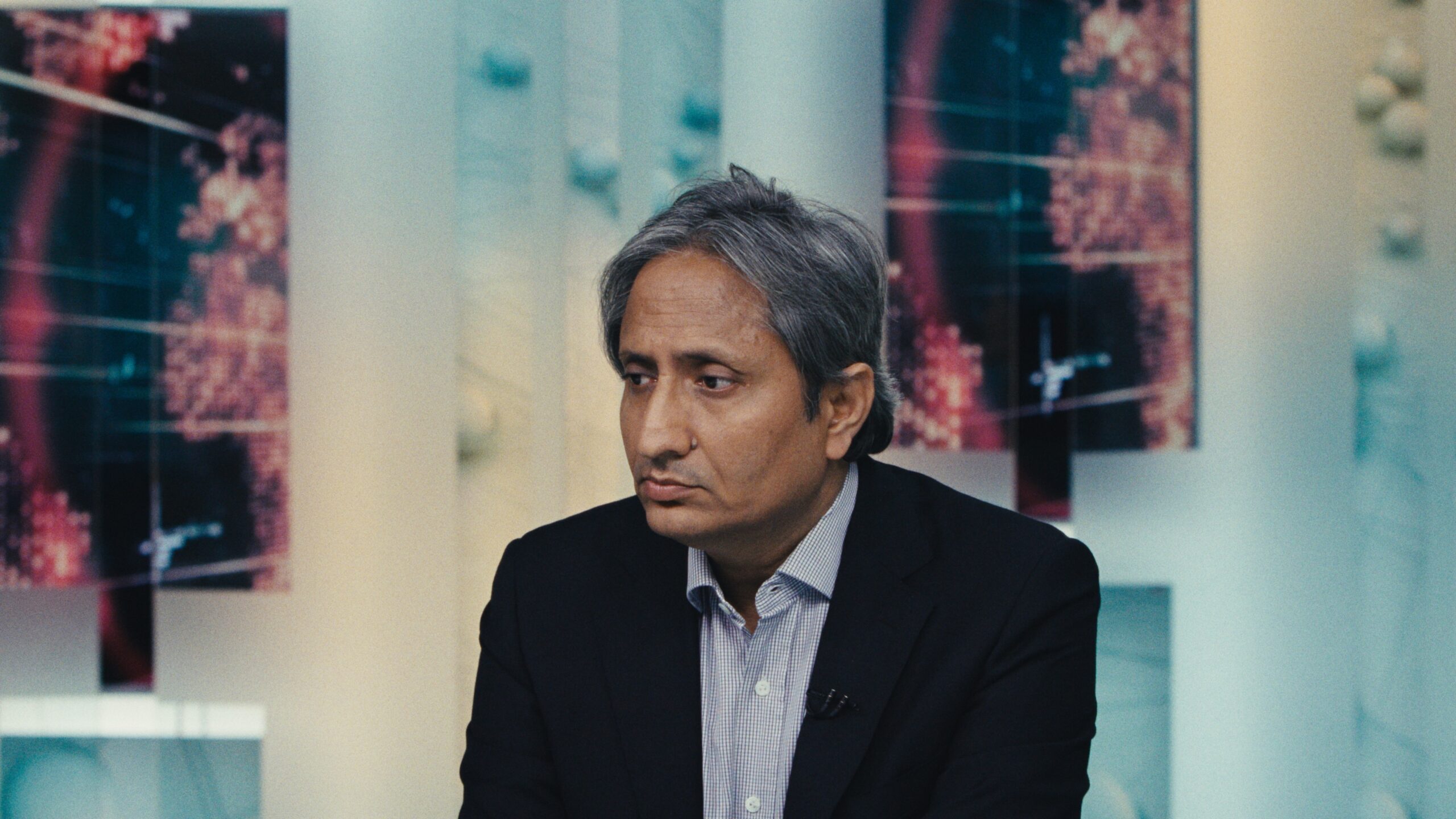
TIFF
After the BBC aired a documentary in January exploring Modi’s role in anti-Muslim riots that left more than 1,000 dead in Gujarat in 2002, its Delhi and Mumbai offices were raided under the pretext of a tax evasion investigation and the phones of journalists in the office were confiscated. (The government also blocked online streaming of the documentary, titled “The Modi Question,” and students at a university in Delhi were arrested on Jan. 25 for trying to hold a screening.) In Kashmir, the situation has devolved to the point where arrests and raids are common and the digital archives of independent news organizations are disappearing. In February, Indian officials released Muslim journalist Siddique Kappan after charging him under an anti-terrorism law and holding him for two years without a trial. (When he was arrested, Kappan, who was reportedly tortured while in custody, was on his way to report a story about a Dalit girl who was gang raped and later died.) “Indian law is protective in theory but charges of defamation, sedition, contempt of court and endangering national security are increasingly used against journalists critical of the government, who are branded as ‘anti-national,’” observed Reporters Without Borders in its assessment of India. “Under the guise of combatting Covid-19, the government and its supporters have waged a guerrilla war of lawsuits against media outlets whose coverage of the pandemic contradicted official statements. Journalists who try to cover anti-government strikes and protests are often arrested and sometimes detained arbitrarily.”
At the same time, Modi’s allies have weaponized social media, using it to both discredit journalists and “mold public perception on platforms like WhatsApp and Facebook,” The New York Times reported. The scale of misinformation peddled on social media reached unprecedented levels during the pandemic as bad information stoked fear and hate toward Muslims in India, particularly demonising the Tablighi Jamaat, a global Islamic movement that was holding a conference in Delhi. Foreign attendees were charged with violating their visa conditions and committing the “malignant act” of spreading the coronavirus in India. In all, 952 foreigners were arrested, many of whom had their phones taken away and were locked up in rat- and mosquito-infested “quarantine” centers. The incident sparked a diplomatic scandal, and the embassies of nearly three dozen nations had to get involved to get their citizens out of India.
“The takeover of NDTV by the Adani group, which is a huge supporter of the Modi administration, can only have an adverse impact for the elections in 2024,” says Salil Tripathi, veteran journalist and board member of PEN International. “NDTV was among the last remaining networks that attempted being objective and counter[ed] the relentlessly jingoistic reporting that is the hallmark of its more successful rivals, who also have had much wider reach. NDTV’s outward independence made the imbalance seem less lopsided. Now that countervailing force has gone.”
India has nearly 400 news channels, “dominated by regional language channels and private players,” and “no regulations on cross-media ownership,” according to a 2021 Reuters Institute study. The prime time shows, across national news channels, cover more or less the same stories, in more or less the same divisive editorial tone, with issues framed as caste or religious binaries. It’s a closed loop with very little public interest information and almost no reporting critical of government policies or politicians. It has come to be sarcastically known as “speaking positivity to power” among Indian journalists. It trickles down to regional channels, where the news is presented in the local vernacular, and sets the agenda for print and online media — each propaganda outlet compounding Modi’s power.No story has revealed the inner workings of India’s slick propaganda network like the pandemic. In the early months of the pandemic, as the government failed to control the spread of Covid-19, television channels in India presented the pandemic as something brought into India by Muslims. TV anchors served the government in many ways — by cherry picking facts, filtering official statements, and allowing the Modi administration, which rejects World Health Organization data that suggest India has had the highest global death toll from Covid, to turn facts on their head. The attack on minorities was not the only way the media served the Modi administration. There was an equally ferocious attack on science — much of which happened over social media. An international study of 138 countries, published by Sage’s International Federation of Library Associations and Institutions Journal in September 2021, noted that India produced the “largest amount of social media misinformation perhaps thanks to the country’s higher internet penetration rate, increasing social media consumption and users’ lack of internet literacy.” In India, facts are easily buried under falsehoods — often with the help of the country’s vast corporate media, which plays the role of galvanizing support for the government’s agenda and drowning out critical stories through a tightly concentrated network of media outlets.
In 1984, when the Roys founded NDTV, the government-run public station Doordarshan had a monopoly over television content. NDTV aimed to produce “the most objective and accurate news as quickly as possible.” They began with one show but quickly expanded the range of Indian television news, introducing high editorial standards of tightly vetted news reports presented by slick anchors. The station had ample advertising revenue that gave state-funded news a run for its money, noted a 2015 essay in The Caravan, an investigative magazine based in Delhi. (The Roys and their lawyers did not respond to repeated requests for comment.)
Over three decades, Prannoy Roy, an economist by training and a veteran journalist, along with his wife Radhika, also a journalist, revolutionized television news in India. The channels were a proving ground for many of today’s prominent news anchors, like Nidhi Razdan and Sreenivasan Jain, both of whom stepped down a few weeks after the Roys lost control. The network currently operates two news channels — one in Hindi and one in English — and a business and entertainment channel. The channels routinely covered stories that embarrassed Modi and his government. Jain, for example, did a segment on how the number of government “actions” against political opponents of Modi and the BJP surged to 570 between 2014 and 2021. He also closely followed the dire situation confronting hospitals during the second Covid-19 wave when oxygen was in short supply but government officials were denying the problem and saying they had no reports of the shortage leading to the deaths of any citizens.
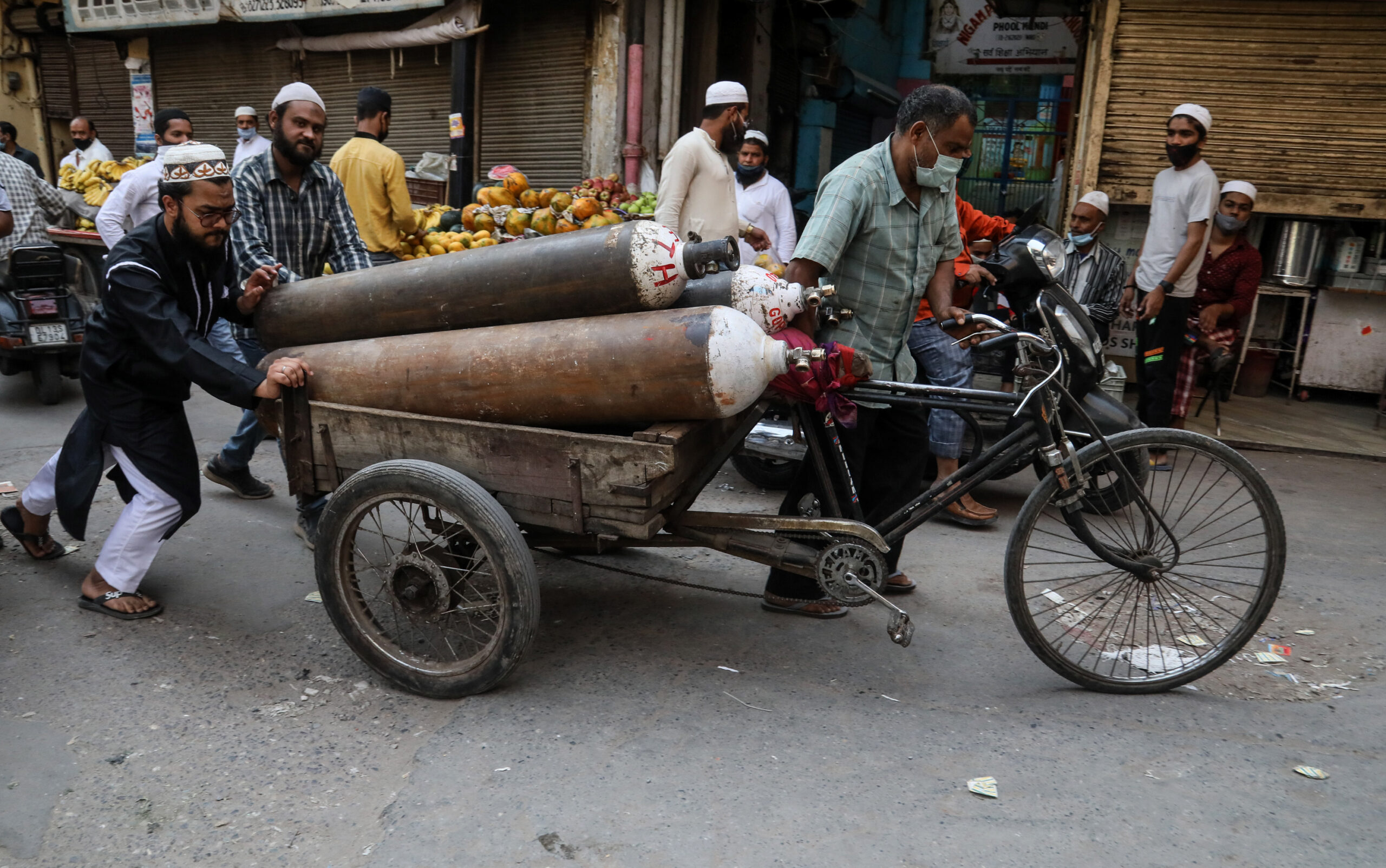
Naveen Sharma/SOPA Images/LightRocket via Getty Images
NDTV was also one of the few channels to cover a religious assembly of Hindu ascetics in December 2021 in Haridwar, Uttarakhand, where they openly called for mass rape of Muslim women and a genocide against Muslims in the name of protecting Hinduism. The channel identified the rhetoric as hate speech and put pressure on the courts to act when the government refused to condemn the event.
Even though NDTV had a reputation of being independent under the Roys, the organization wasn’t immune from criticism when they owned it. Over the years, the channel has been called out for a lack of caste and class diversity in the newsroom with majority of its anchors coming from powerful families. In 2015, The Caravan noted that eight of the channels’ top anchors including Barkha Dutt, whose mother was a pioneering journalist for the Hindustan Times, Sreenivasan Jain, the grandson of a former state minister, Rajdeep Sardesai, the son of a cricket player, and Vishnu Som, the son of the former Indian ambassador to Italy, came from families deeply enmeshed in Delhi’s corridors of power. The same was true for the guests NDTV invited on air. (An Oxfam study noted that nearly three-quarters of the panellists on the network were from the upper castes.) The channel also wound up being a proving ground for right-wing television superstars like Arnab Goswami, a controversial journalist whose hardline views in support of the BJP have earned his latest venture — Republic TV — comparisons to North Korean propaganda because of the channel’s support of the ruling party. (A story in May noted that Modi “[broke] into poetry” at the ceremony marking the opening of the new Parliament building.) The Roys have never publicly criticized Goswami, despite his propensity to fawn over Modi, peddle conspiracy theories about the death of a famous actor, and baselessly claim an opposition leader was happy when two Hindu priests and their driver were murdered.
As television news falls devolves, digital and independent newsrooms have started to build their own audiences. During his resignation video, Kumar announced the launch of his YouTube channel, which garnered over a million followers within 24 hours. He had three million subscribers by the end of the week. Today, his nearly six million followers have access to both his commentary and reported content on issues ranging from the right to education and healthcare to politics and elections.
Beyond Kumar, there is a small band of independent digital newsrooms like Scroll, The Wire, and The Caravan that continue to report on Modi and the BJP to hold them to account. They are dwarfed by the country’s more than 17,000 newspapers and 100,000 magazines, but they have banded together to provide a more accurate picture on everything from labor disputes and environmental degradation to the true cost of the pandemic. They have seen an upsurge in support from individual donors and subscribers that have helped to keep these outlets afloat.
The acquisition of NDTV began as a hostile takeover in August 2022, when Adani’s AMG Media Networks Limited (AMNL) announced it had indirectly acquired 29 percent of NDTV, by buying out loans to the company. The news broke not from a regulatory filing to the stock exchanges. Within hours, the Roys issued a statement to “make it clear” that the takeover was “executed without any input from, conversation with, or consent of the NDTV founders, who, like NDTV, have been made aware of this exercise of rights only today.” After having acquired 29 percent of the shares, AMNL made an open offer to acquire another 26 percent of NDTV. By early December, Adani’s conglomerate had acquired an additional eight percent through an open offer, making it the biggest shareholder of one of the country’s most trusted news network.In the months since the hostile takeover was announced, media experts have blamed the Roys’ decision to take a $49 million loan in 2009 from Mukesh Ambani, a billionaire who hails from Gujarat and has close ties to the BJP, like Adani. In exchange for the loan, which went unpaid and led to the money laundering investigation, the Roys put up 30 percent of their shares as collateral. In September, Bloomberg noted how the two, ostensibly rival, oligarchs aligned to corner NDTV. “It ought to have been clear, even a decade ago that Mukesh Ambani is no friend of the media. There was always a risk of this happening, into this kind of agreement with them,” says Siddharth Varadarajan, editor-in-chief and co-founder of news website The Wire. “The more interesting question is that two seemingly hostile business houses — Adani and Ambani — want to collude in this manner to takeover arguably [India’s] most Independent television station.”
The takeover was preceded by years of harassment. In 2017, India’s Central Bureau of Investigation raided the homes and offices of NDTV founders, which the Roys called a “witch-hunt.” The raids were conducted by the government’s Central Bureau of Investigation, which alleged the Roys hadn’t paid back a loan. The Roys produced a 2009 letter from the bank stating the debt was repaid, according to The Caravan. The episode prompted questions about the CBI’s motives. “Even if the bank suffered a loss, as the CBI insists it did, there are questions as to why the country’s premier investigative agency should probe a credit issue between two private parties … especially when the relevant complaint did not come from the allegedly wronged party,” wrote Anant Nath, editor of The Caravan. Two years later, the Roys were stopped by the authorities from boarding a flight to go on vacation — at the request of the CBI, which had launched a money laundering investigation against the Roys. Yet, the crackdown on the Roys appears to have eased since the channels changed hands.
The Modi government’s years-long harassment of the Roys and NDTV’s acquisition by one Modi’s closest allies is not a coincidence. Adani’s rapid ascent of the Forbes’ richest list has taken place in tandem with the rise of Modi’s political fortunes. Both hail from the state of Gujarat, and the businessman has maintained close ties to Modi, allowing him to use Adani Group-owned private jets during his 2014 campaign. The takeover of NDTV barely two years before India’s next general election in 2024 is seen by many as part of a strategy to overwhelmingly dominate the media discourse in favor of Modi.
The day the Roys stepped down, Adani installed three new directors to the NDTV board: Sudipta Bhattacharya, chief technology officer of Adani Group, and two veteran journalists — Senthil Chengalvarayan and Sanjay Pugalia — who have served as directors for Quintillion Business Media, which Adani’s AMG Media Group acquired a 49 percent stake in March. In May, NDTV aired what is essentially a multipart propaganda series, praising Modi for his nine years as prime minister, falsely idealizing Modi as a champion for women’s rights, a major player on the international stage, and a leader who has delivered major welfare programs and infrastructure upgrades in service to the country. But even beyond the favorable coverage of the prime minister, the tone of the channels has shifted from presenting actual news to focusing on the lives of Bollywood stars, cat videos, and salacious crime stories. One recent story covered a fist-fight that broke out at Disney World.
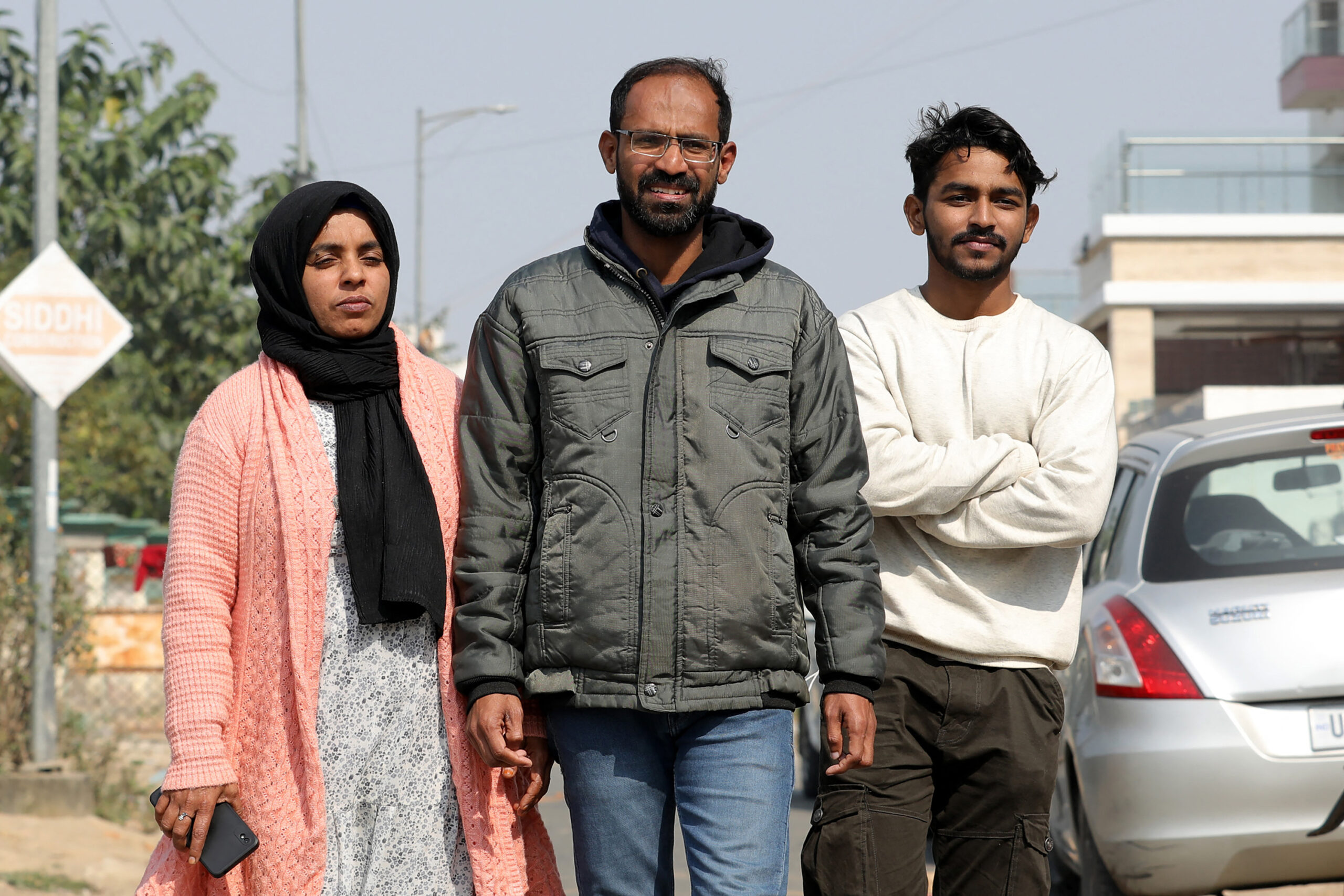
AFP via Getty Images
Adani Group, which owns seven publicly-traded companies in the transportation, utility, and energy sectors, issued its own statement, saying the takeover is an attempt to “empower Indian citizens, consumers and those interested in India, with information and knowledge.” Neither the Adani Group nor NDTV responded to multiple requests for comment.
Not long after the takeover, however, the new ownership exerted its influence on the news-gathering operation. On Jan. 24, Hindenburg Research, an American company specializing in financial research and short selling stocks, released a scathing report accusing Adani Group companies of “brazen stock manipulation and accounting fraud.” The conglomerate had used improper offshore tax havens, according to Hindenburg, which also flagged concerns about a high debt load that put Adani Group on “precarious financial footing.” Within 10 days, Adani Group lost $108 billion in market value.
Facing a corporate crisis, Adani went back on his promise of not impinging on NDTV’s editorial freedom. For three days, NDTV didn’t touch the Hindenburg story. When it did, it carried Adani’s statements verbatim, calling the revelations an “attack on India.” (Razdan and Jain, the station’s top English-language anchors, resigned amid the fallout.) In May, Sarah Jacob, an anchor who had been with NDTV for more than 20 years, announced her resignation the day after the channel ran a segment called “From His Mother To Political Leaders, How PM Shows Respect Towards Women” during which Modi — whose government approved the release of 11 men convicted of gang raping a pregnant Muslim woman and murdering 14 of her family members — and is seen bowing to women in several different clips. More recently, NDTV has become a mouthpiece for the BJP to air grievances against its political rivals.
As the company’s founders lose control of it, the country’s first privately run channel has become a cautionary tale. “Prannoy Roy is paying the price for taking his business to places where capital did not have the character to understand how free media should be supported and promoted,” says Vinod Jose, former executive editor of The Caravan. “What NDTV founders did is akin to standing on a cliff on a stormy night, ignoring the writing on the wall — that you will fall.”
With the acquisition going through, the free press in India has been whittled down to a handful of newsrooms, including The Wire, Scroll, and The Caravan, that cover the government critically. India’s veteran journalists — elbowed out of legacy newsrooms — mostly eke out a living as freelancers by taking their investigative work to digital platforms. Aware of this dynamic, Modi’s government passed in 2023 an amendment to an existing law that allows the government to monitor digital platforms like Google, Facebook, and news websites through fact checking units aligned with the government. While it’s not clear how exactly how the law will be implemented, it gives the power to interpret what the facts are to the government. The Editors Guild of India has called this self-appointed fact check unit “draconian” as it obliges social media platforms to not carry news that the government considers “fake,” “false,” or “misleading” — all terms that remain undefined in the law. The Hindu, in an op-ed, called the government run fact-check unit a “wolf in watchdog’s clothing.”
“I think a lot about what happens to journalism now,” Jose says. “How will our newsrooms survive? And what of our fragile democracy?”


